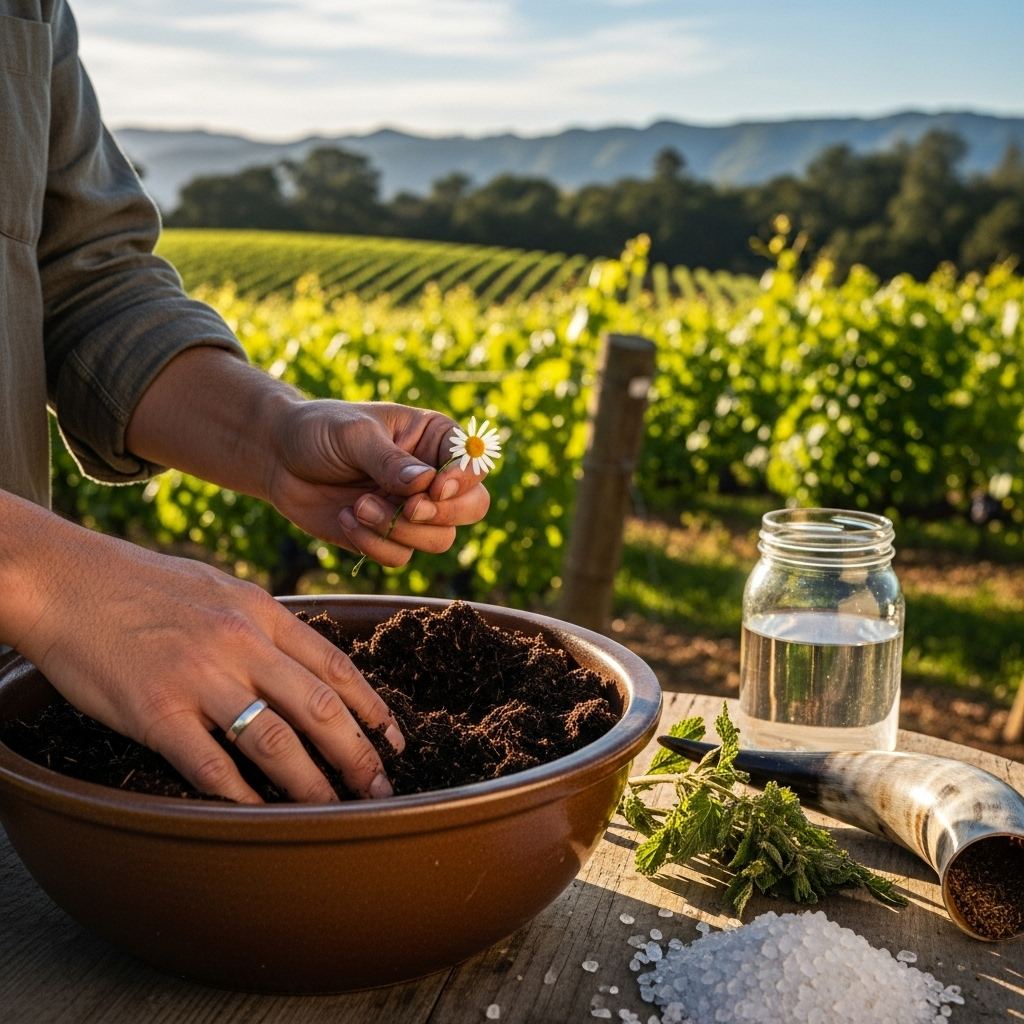
New biodynamic practices at Napa estates
Share
Introduction to Biodynamic Viticulture in Napa
Biodynamic viticulture, a holistic approach to farming that emphasizes the interconnectedness of soil, plants, and animals, has been gaining momentum in Napa Valley. This innovative practice, rooted in the principles established by Rudolf Steiner in the early 20th century, goes beyond organic farming by incorporating lunar cycles and celestial influences into the cultivation process. Napa estates are increasingly embracing these methods, recognizing that they not only enhance the quality of the grapes but also promote biodiversity and ecological balance within the vineyard ecosystem. By employing natural composts, cover crops, and herbal preparations, vintners are fostering a sustainable environment that nurtures both the land and the wine it produces. As Napa continues to evolve, the integration of biodynamic practices reflects a growing commitment to environmental stewardship, ensuring that the valley's rich viticultural heritage thrives for generations to come. This shift not only resonates with environmentally conscious consumers but also sets a precedent for the future of winemaking in the region.
Innovative Practices and Techniques Adopted by Local Estates
In recent years, Napa estates have embraced a range of innovative practices that not only enhance the quality of their wines but also promote sustainability and biodiversity. One notable technique is the integration of cover crops, which serve multiple purposes: they prevent soil erosion, improve soil health, and provide habitats for beneficial insects. By planting a diverse array of species, vintners can create a balanced ecosystem that naturally combats pests, reducing the need for chemical interventions.
Additionally, many estates are experimenting with regenerative agriculture, focusing on soil regeneration through composting and reduced tillage. This approach not only enriches the soil but also increases its carbon sequestration capacity, contributing positively to the fight against climate change. Water management has also seen a transformation, with advanced irrigation systems that optimize water use and minimize waste. These practices, rooted in a commitment to environmental stewardship, are reshaping the landscape of Napa Valley, ensuring that its vineyards thrive for generations to come.
Impact on Wine Quality and Environmental Sustainability
The integration of biodynamic practices at Napa estates has significantly influenced both wine quality and environmental sustainability. By adhering to the principles of biodynamic farming, vintners cultivate grapes that are not only more expressive of their terroir but also exhibit enhanced flavor complexities. This holistic approach, which emphasizes biodiversity and soil health, fosters a vibrant ecosystem that ultimately leads to superior fruit quality. The use of natural preparations, such as compost and herbal teas, replaces synthetic fertilizers and pesticides, contributing to a healthier vineyard environment.
Moreover, these practices promote resilience against climate fluctuations, allowing estates to adapt to the changing conditions without compromising the integrity of their wines. The emphasis on regenerative agriculture not only nurtures the land but also reduces carbon footprints, aligning with global sustainability efforts. As Napa estates continue to embrace biodynamic methods, they set a precedent for the wine industry, demonstrating that quality and environmental stewardship can coexist harmoniously.
